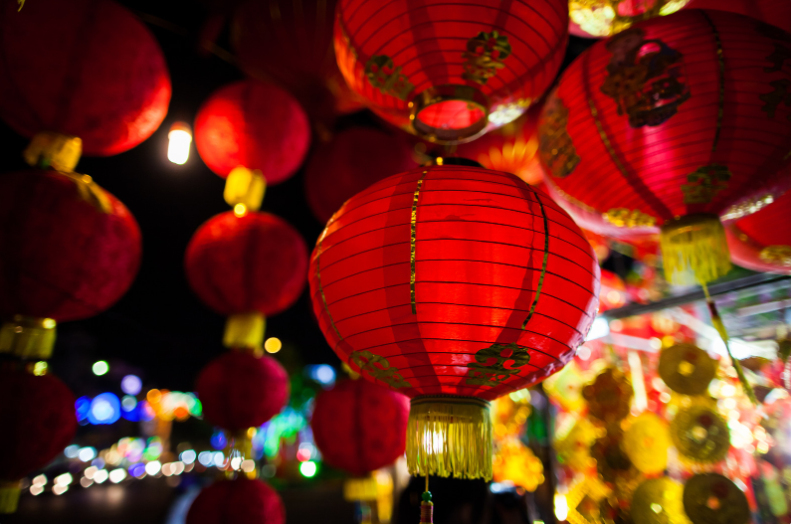The Lunar New Year, also known as Chinese New Year, is a significant cultural celebration observed not only in China but also across various countries in the Asian continent, particularly in East Asia.
This festive occasion typically spans from Jan. 21 to Feb. 20, with the primary festivities culminating on Feb.10, marking the lunar calendar.
The focal point of the Lunar New Year celebration is the Lantern Festival, observed on the 15th day, coinciding this year with the 4722nd year in the Chinese calendar.
Following the Chinese zodiac, each year is associated with an animal, constituting a 12-year cycle. The current year is designated as the Year of the Dragon, a revered symbol in Chinese astrology, denoting strength and wisdom.
Astrologically inclined individuals anticipate the Year of the Dragon to bring about positive transformations, growth, abundance, energetic dynamics, success, and prosperity.
This optimistic outlook reflects the traditional belief in the cyclical influence of the zodiac on various aspects of life during this lunar cycle.
Additionally, many families engage in thorough cleaning of their homes in conjunction with this festival, referring to this cleaning ritual as “spring cleaning.” They also decorate red to attract good luck, and children are given money in bright red envelopes.
This practice symbolizes the removal of negative energy and the welcoming of positive sentiments for the upcoming year. The predominant color during these celebrations is red, believed to bring good luck and prosperity.
The Clarion spoke with Shivang Singh, an international student from India, on his traditions.
“Lunar New Year is not as popular in India, but some metropolitan cities, including mine (Kolkata), celebrate it. On this day, we usually have family gatherings and feasts. Cleaning and decoration are also among the priorities as guests visit each other’s homes. Houses are typically adorned with red lanterns and banners. And at night, we burn firecrackers as a gesture to drive away evil spirits,” he said.
According to Annisa Zulkarnain, a student from Indonesia, the Lunar New Year is called “Imlek” in her country. People celebrate it by taking part in parades and watching dragon dances in different communities.
The aim is to usher in good fortune and prosperity for the coming year. Many individuals devote time to their friends and family during this festive period.
During Imlek, two special performances take place: the lion dance or Barong in Bahasa Indonesia, and the dragon dance. The Chinese believe that these symbolic animals bring prosperity and ward off bad luck.
Naglaa Mohamed, Intern
(All photos from Canva)


